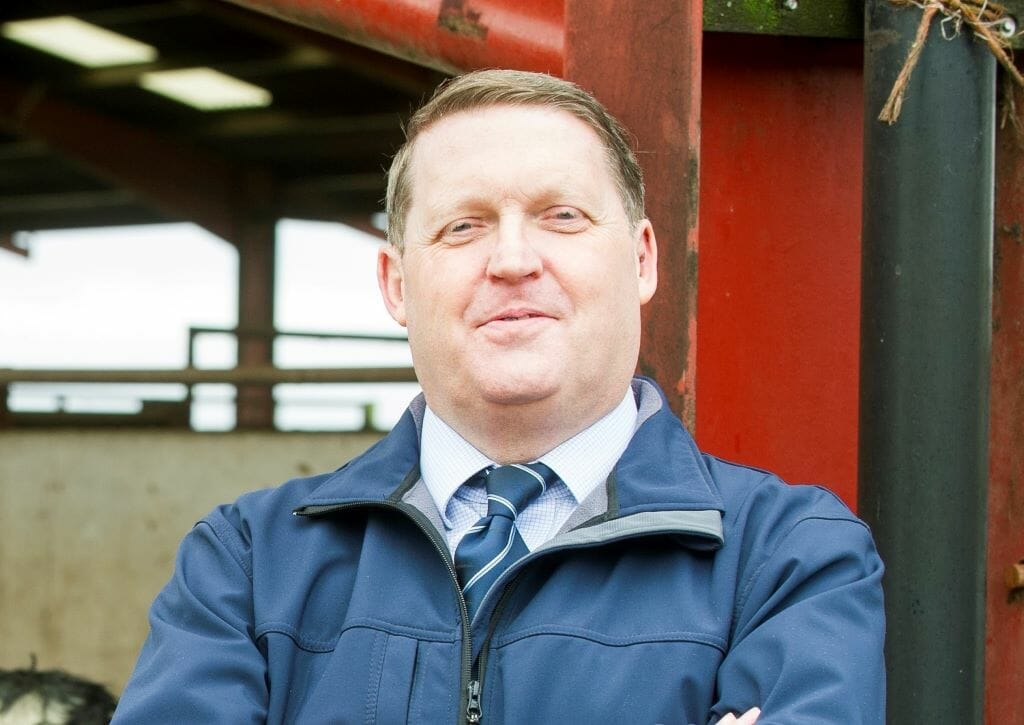
With changes to National Insurance Contributions (NIC) now in play, along with a change to the basis period and increased rates of Corporation Tax, farmers may be faced with the dilemma of what is the most appropriate and tax-efficient way to structure their business.
Whether you decide to operate as a partnership or company will be determined by many factors, but it may need further detailed consideration as a result of these changes. That being said, Inheritance Tax, Capital Gains Tax, and family plans for the future should also be taken into account.
Changes for companies
Companies pay Class 1 NICs which, for employees, have reduced for the second time in four months a further 2% (down from 12% at the start of 2024 to 8% from April 6).
However, there has been no such reduction in employer NICs, therefore those who employ staff will continue to pay the 13.8% employer rate.
If you operate a limited company you have more flexibility in how you pay yourself – you can choose to draw a regular salary or earn dividends.
However, when it comes to remuneration planning it is important to note that it’s not a simple matter of running the tax numbers and deciding to change to a higher salary and lower dividend. Once you set that precedent for a higher salary. You can’t change back if the tax rates change.
It has previously been more tax-efficient to withdraw money by way of a dividend rather than salary or bonus, but the tax rate payable on dividends increased by 1.25% in April 2022, meaning the position is now not clear-cut and it is more expensive to extract money this way.
Additionally, for the 2024/2025 tax year, the dividend tax-free allowance has reduced from £1,000 to £500.
Corporation Tax rates changed in April 2023. The rate of tax now depends on the level of profit and whether you own any other companies.
For a farming family with no other associated companies, the first £50,000 of profit is taxed at 19%, the next £200,000 of profit is taxed at a marginal rate of 26.5% and any balance over £250,000 is taxed at 25%.
This means that a company making £100,000 profit will pay £3,750 more Corporation Tax than they did prior to the rate increase. However, this is still less than the 40% Income Tax paid by a higher-rate taxpayer if the business was operated as a partnership.
Changes for partnerships
Those operating a partnership are treated as self-employed for tax purposes and pay class 4 NICs, the rate of which reduced a further 2% down to 6% on 6 April 2024.
As the amount of tax paid on company profits and dividends taken out of a company have both increased, the tax benefits from having a company may be marginal for some businesses.
Meanwhile, all unincorporated businesses will now be taxed under the ‘tax year basis’ (from 1 April 2024) as a result of the basis period reform and could face higher tax bills in 2025.
Those who do not already have an accounting year end between 31 March and 5 April will see their profits calculated differently and may be taxed on more than 12 months profit for the transitional year of 2023/2024, payable in January 2025. Farmers operating via a limited company can continue to prepare accounts to their chosen year-end.
Capital allowances to consider
While a partnership can claim up to £1 million capital allowances via an Annual Investment Allowance (AIA) claim – and there few farming businesses who spend more than this in the same accounting period – from 2026, companies will be able to claim 100% tax relief on an unlimited amount of expenditure for plant and machinery.
It is also worth bearing in mind this only applies to the purchase of new plant and machinery, whereas AIA can be claimed on the purchase of second-hand equipment.
Partnership or company?
This does not mean incorporation or indeed continuing as a partnership is no longer the right option for farmers.
Where a farmer is expanding their business and does not need to withdraw all their profit by way of a dividend, the payment of Corporation Tax at 25% or 26.5% is preferable to Income Tax and National Insurance of 42%.
However, trading as a partnership does offer much more flexibility to move funds and assets around in many circumstances.
As always it is essential to base a decision on your personal and family circumstances, while taking into account factors such as personal liability and access to capital, as there is certainly no one answer that applies to all farming businesses and it may be beneficial to explore both structures.
For more information and support, please call 0808 144 5575 or email help@armstrongwatson.co.uk.































